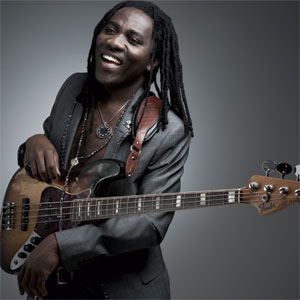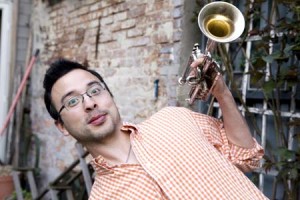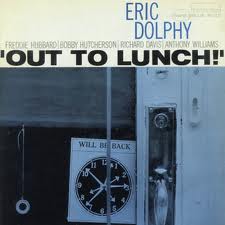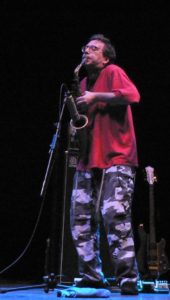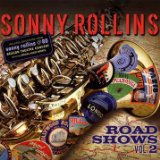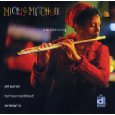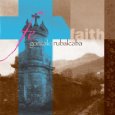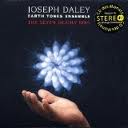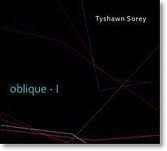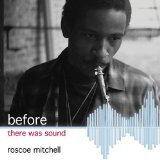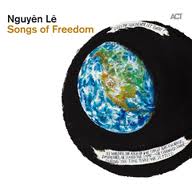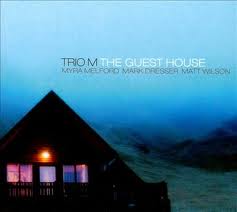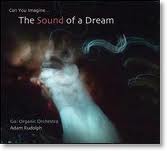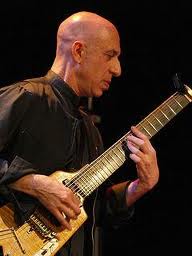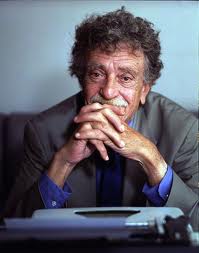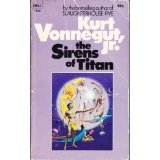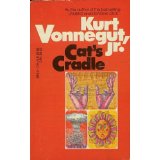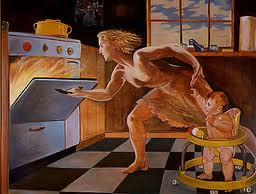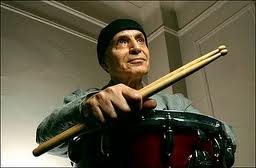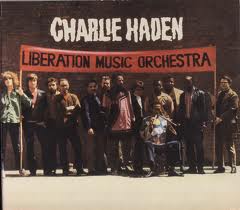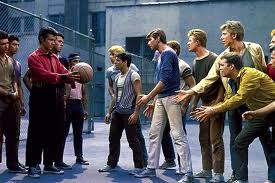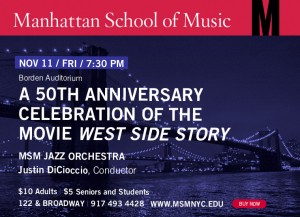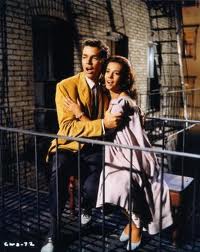I refrain from abject product endorsement — but The Jazz Icons Series 5 is my no-fail 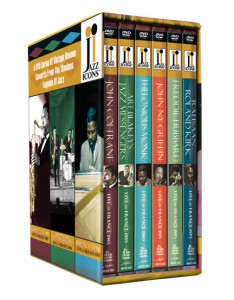 recommendation for those favorite (weird?) aunts or uncles obsessed with “culture” — for parents who space out listening to long, wordless music from their decades’ back youth — for snobs who should meet vernacular jazz in its noblest and most durable form — best of all, for you yourself.  Six impeccably produced dvds of genuinely iconic — nay, canonical — performances by some of our most intensely compelling mid-20th Century American artists: John Coltrane, Thelonious Monk, Rahsaan Roland Kirk, Freddie Hubbard and Art Blakey’s Jazz Messengers with Lee Morgan and Wayne Shorter.
recommendation for those favorite (weird?) aunts or uncles obsessed with “culture” — for parents who space out listening to long, wordless music from their decades’ back youth — for snobs who should meet vernacular jazz in its noblest and most durable form — best of all, for you yourself.  Six impeccably produced dvds of genuinely iconic — nay, canonical — performances by some of our most intensely compelling mid-20th Century American artists: John Coltrane, Thelonious Monk, Rahsaan Roland Kirk, Freddie Hubbard and Art Blakey’s Jazz Messengers with Lee Morgan and Wayne Shorter.
The musicians’ names in themselves ring richly of “jazz” to anyone who subscribes to that tradition. The music herein validates their reputations, Â proviung to be as powerful and entertaining now as when the videos were shot by French television, 1959 – 1973.
[And though there’s been a lot of hubbub about the “jazz” word elsewhere on the web, which is worth acknowledging, I disagree with the anti-“jazz” sentiment and its core premise: that the term “jazz” is demeaning and limiting, whereby in my dictionary, “jazz” expresses so much more than a historic period or style as a process and reality check that is infinitely open-ended, pliable, transformative, uplifting, humane, and we ought to give thanks to the originators of this art form for helping us gain a basis, from which we cannot help but ourselves grow. . .So Jazz Icons is ok by me.]
These videos — festival shows and  one extraordinary studio session — originated in Europe during an era when jazz was very rare on U.S. tv. They exemplify a  music of meaningful improvisation at its most immediate and exciting, created by heroically distinct talent individuals in close, real time collaborations. These performances are not merely iconic, a couple of them are canonical. Highlights:
- John Coltrane’s monumental and only public performance of “A Love Supreme” (the two parts that have been found of four, anyway) backed by his essentially symphonic quartet, plus his only video’d  “Ascension.” The mostly straightforward video footage sometimes segues into passages of overlays — McCoy Tyner’s fingers on the ivories, Jimmy Garrison’s bass bow, Elvin Jones’ drumsticks — but Coltrane blows implacably, all-confident, breaking into the future as a ship plows through the sea.
- Thenlonious Monk, thinking through each chord voicing and finger move as he sounds it, like he’s rediscovering the peculiar melodic twists and turns he likes to follow, for fun, through a hedge of harmonic thorns . . .
- Freddie Hubbard, hardest driving trumpeter in jazz, jazz, yes jazz! With a superhip early ’70s band, imbuing melodic variations of  “Straight Life,” “Intrepid Fox” and “First Light” with real-life funk at flat-out rock energy levels.
- Freddie’s only rival — not Miles, who played a different horn — was Lee Morgan, caught here in 1959 at age 21Â with powerhouse Art Blakey’s Messengers, which saxophonist Wayne Shorter and pianist Walter Davis had just joined. “Bouncing With Bud,” “Along Came Betty,” “Blues March” — Â the players tear up these anthems, all the while cool in their dark suits.
- Johnny Griffin, a superior, fast and serious ex-Messenger bop tenor saxman, dominates his  top notch quartet  (though drummer Art Taylor, a man of many parts, frames it perfectly) — then guest Dizzy Gillespie arrives, trumpeting his utmost on “Night in Tunisia” and “Hot House,” on which Grif quotes a Charlie Parker phrase from a the New York tv version Diz had been in on almost 20 years before.
- Am I saving the best for last? Rahsaan Roland Kirk in full force on all of his instruments — flute, clarinet, tenor sax, stritch, manzello, toys in various combinations, a human breathing machine, with his touring band at it’s peak. His playing is literally awesome — it’s energizing but also exhausting to watch him. So back to Coltrane. . . .
I typically watch jazz videos just once or twice, using those I like best in the NYU classes I teach — and these days I introduce those videos to students as clips on YouTube. But this Jazz Icon series overs so much substance — the music itself, plus so much visual evidence of how it was made, what were the interactions — that it’s a pleasure to own them, put them on a good playback system as one does with favorite audio albums to have in the room while relaxing or even doing something else.
Though, fair warning, it’s hard to take eyes off these musicians. They are not consciously dramatizing anything, but making music they are naturally and irrefutably dramatic. All musicians on each these six discs deceased, we can yet have them virtually live now, before us. Earlier Jazz Icons releases have been very worthy — among my favorite of the previously issued dvds, now available singly, are Charles Mingus’s sextet with Eric Dolphy and Jaki Byard, from 1964; Sonny Rollins with European-based specialists in ’65 and ’68, and guitarist Wes Montgomery in quartet, also from ’65. The Series 5 dvds only come as a complete set, all six, for now, priced about $100. For that, you will be thanked, or thankful.

